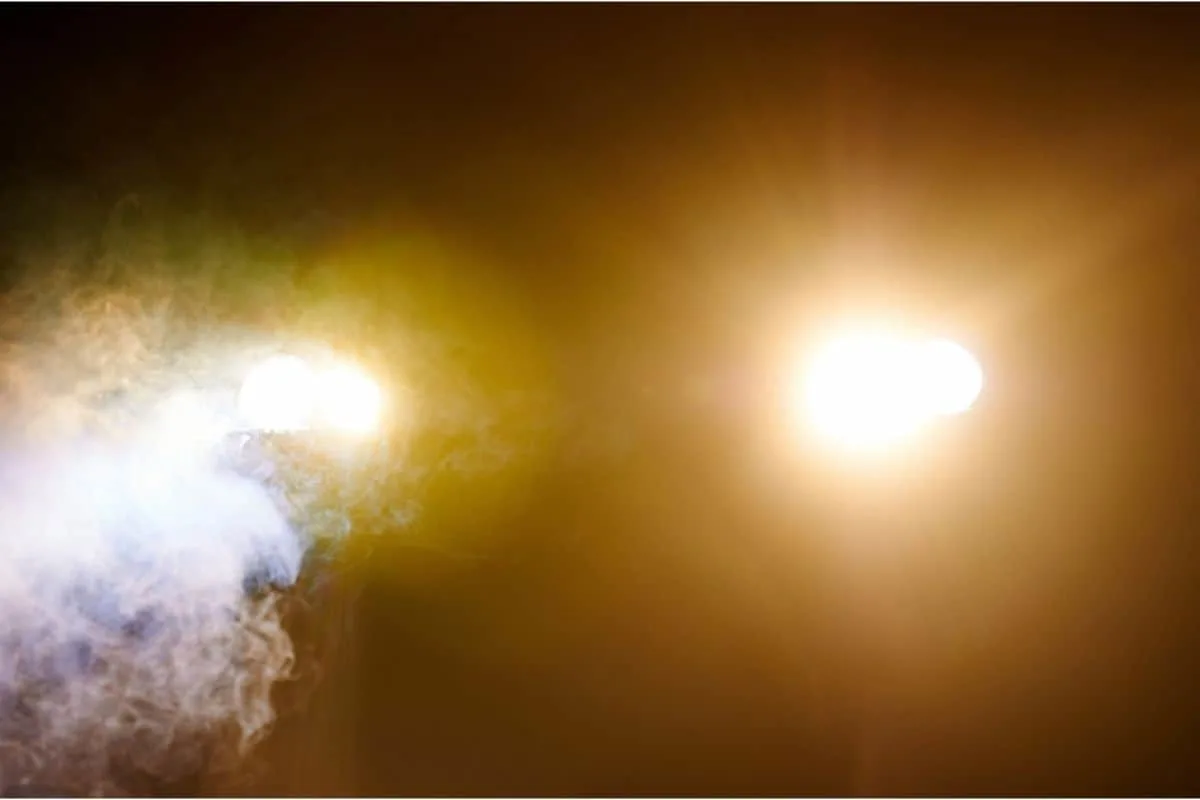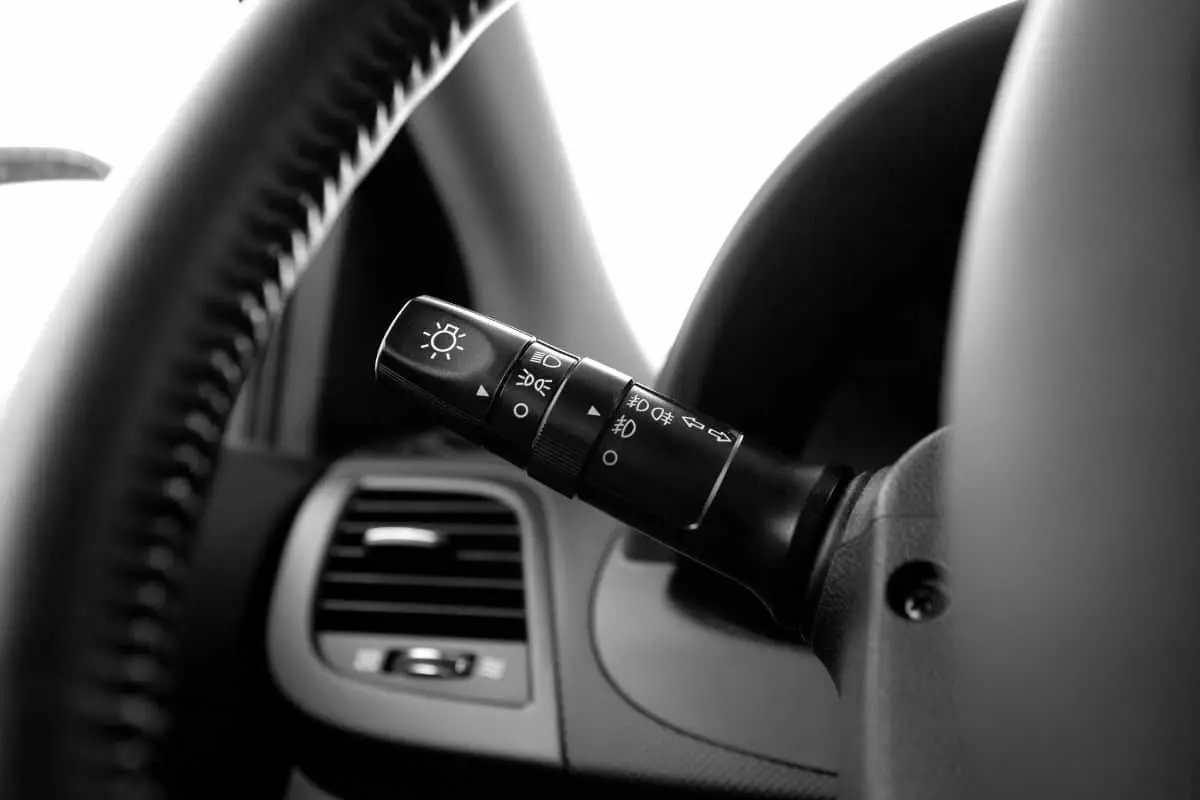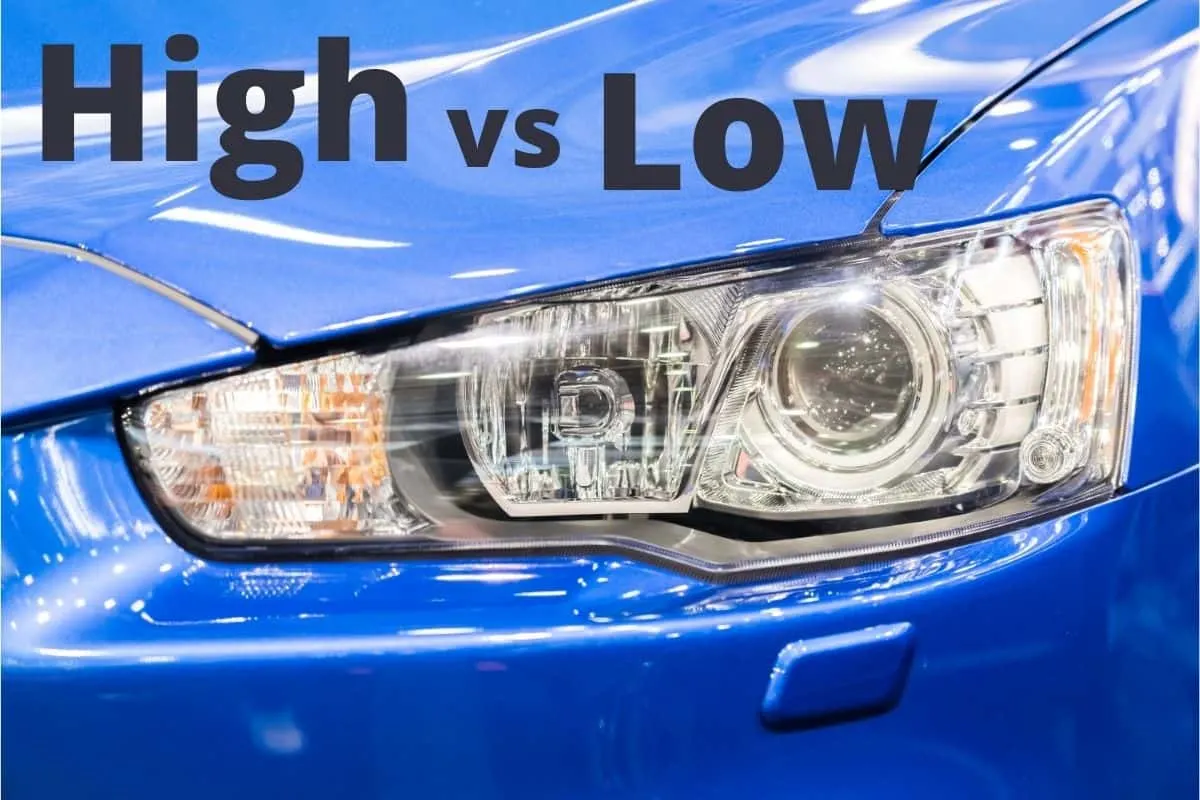Headlights are a rather ordinary but essential vehicle feature. They contain high-performance filament bulbs that shine brightly to illuminate the road ahead at night. Although we use low and high beams to improve road visibility, they serve different purposes and vary in luminosity and design.
Low beam headlights have a beam point that is angled towards the ground and focuses over a range of approximately 40 meters, whereas high beams have a beam point that is straight upwards and a longer range of 100 meters. For this reason, high beams should only be used in extremely dark and low-traffic areas to avoid impeding other drivers’ visibility.
With that in mind, let’s take a deeper look at the differences between high and low beam headlights!
Table of Contents
What Are Low Beams?
Low beams, sometimes known as ‘dipped beams,’ are short-range lights that illuminate the road directly in front of the car. They provide broader, better-rounded coverage for us while on the road, without blinding other drivers.
Low beams are arguably the most useful beams used in a vehicle! Apart from lighting the road, other drivers can spot us at night.
Due to the advancement of technology, newer vehicles have low beams that turn on automatically. To achieve that, these vehicles rely on sensors to detect environments where the lighting is soft.
You may notice that they automatically switch on driving through a tunnel, or other extended dimly lit areas during the daytime.
When Do I Use Low Beams?
Low beams are suitable for night driving, or for driving in rainy, misty, or snowy environments. For example, when it’s misty, the mists we see on the road consist of cloud molecules.
These molecules reflect the light from the high beams, which creates glare. This is why low beams are more suitable and safer for driving in such weather conditions.
I also use low beams in cities that are adequately lit. Experts do not recommend using low beams while on highways with little traffic.

What Are High Beam Lights?
High beam lights are at times referred to as ‘full beams’ or ‘brights.’ These long-range beams are typically activated in little to no light conditions. Such an environment can be roads with no street lights.
These beams are ideal for areas with little or no traffic. The bright light from high beams is distracting to oncoming drivers and can blind them.
I also suffer the same effect when a car behind me uses high beams lights that reflect on my rearview mirror.
I use high beams for short periods when I need extra illumination. In some areas, keeping the high beam on for longer is illegal.
When Do I Use High Beams?
While it may seem simple, different states actually have varying regulations on the use of high beams.
Below are some of the states that have gone as far as to regulate the use of high beams.
| State | Approaching traffic | Following another car |
| New York | 500 feet | 200 feet |
| Oklahoma | 1000 ft | 600 ft |
| Minnesota | 1000 ft | 200 ft |
| Iowa | 1000 ft | 400 ft |
| Texas | 500 ft | 300 ft |
High beams can illuminate up to a distance of 100 meters ahead of the car. I mostly switch on my high beam lights when in low-traffic areas such as the countryside and small roads.
Generally, drivers should dim the high beams when they are within a certain distance from oncoming or moving traffic.
Even with these regulations, we can encounter drivers who do not dim their high beam headlights.
In such situations, I avoid looking directly at their car as the light blinds me. Instead, I look towards the right edge of my lane to avoid driving off the cab.
Differences between High and Low Beams
While it may seem as simple as one is brighter than the other, there are several other key characteristics to consider when looking at high vs low beam lights.
This table highlights the key distinctions between a high beam and a low beam situation:
| Low Beam | High Beam | |
| Beam point | Towards the ground/road | Straight upwards |
| Light scope | 40 meters | 100 meters |
| Focus | Short-range | Long-range |
| Blinding motorists | No | Yes |
| Activation | Manual and automatic | Manual |
| LED/Halogen/HID | Yes | Yes |
| Best for | Typical nighttime driving, high traffic areas, poor weather situations | Areas with low traffic or environments with no lights |
Do High And Low Beams Use The Same Bulb?
Low beams and high beams are two important but different functions of a car’s headlight assembly. Contrary to popular belief, they are not the same bulb.
The low beam is generally for lighting nearby areas, while the high beam adds a more concentrated lighting for distance and brightness.
Types of Bulbs
My car repair expert explained to me that there are bulbs used for both high and low beams. Some cars switch alternatively between two separate bulbs.
Single Filament Bulbs
As the name implies, these bulbs contain only one filament. This means that they can only be on or off. Cars that use this kind of bulb in the headlights have two separate bulbs.
One bulb works as the dipped beam, whereas the other bulb functions as the high beam. Many vehicles employ single filament bulbs. The H7, H1, and H3 bulbs are the most common single filament bulbs.
Dual Filament Bulbs
These bulbs have two filaments that allow them to function as high and low beam headlights. The lower filament serves as the low beam. When both filaments are on, the bulbs become brighter, creating a high beam.
H4 bulb is the most popular dual filament bulb applied in the headlights. I prefer this type of bulb because I only have to replace one bulb in case it burns.
Do Low Beams Stay On With High Beams?
Yes, it is possible to have both on at the same time. There is a special condition that enables us to use both high beams and low beams simultaneously.
The H4 dual filament bulb has three pins that allow both beams to stay on simultaneously with the help of a custom harness.
This harness connects the low and the high beam wires, which activates them concurrently.

How to Turn On High Vs Low Beams
Most new cars switch on the headlights or low beams automatically when the engine starts. For older car models, the default is manual.
Either way, the steps involved are pretty straightforward!
Here are the steps to should follow when switching on the low vs high beams.
Activating Low Beams
- Find the controls (typically on the dashboard or steering wheel’s control arm)
- Confirm the status of the power button (‘o’ symbol when off)
- Select the correct symbol for low beams (rotate the dial to get the right setting)
- Confirm the results whether the lights are on or still off.
Activating High Beams
- Locate the lever (usually on the blinker level or dashboard depending on car model)
- Push the lever away from me until it clicks
Conclusion
It is illegal and unsafe to drive with poor lighting for all road users. Even though low and high beams serve the same function, they illuminate the road differently.
Knowing the difference between low and high beams can make a difference in how well we can drive and how far we can see at night.
